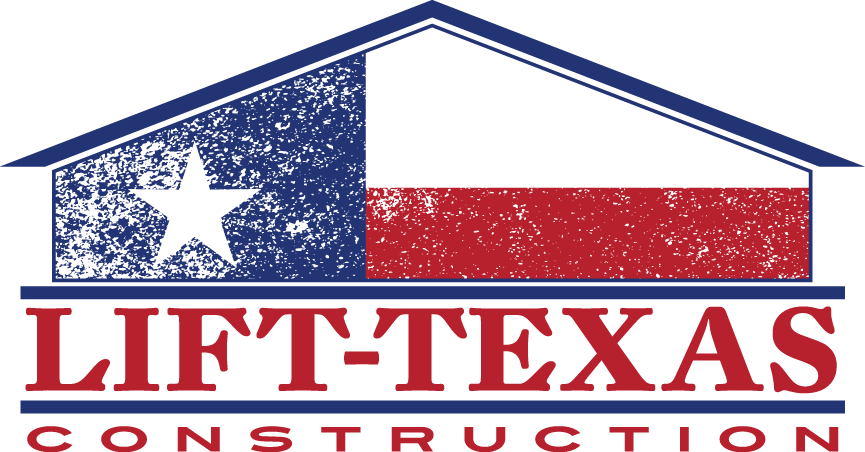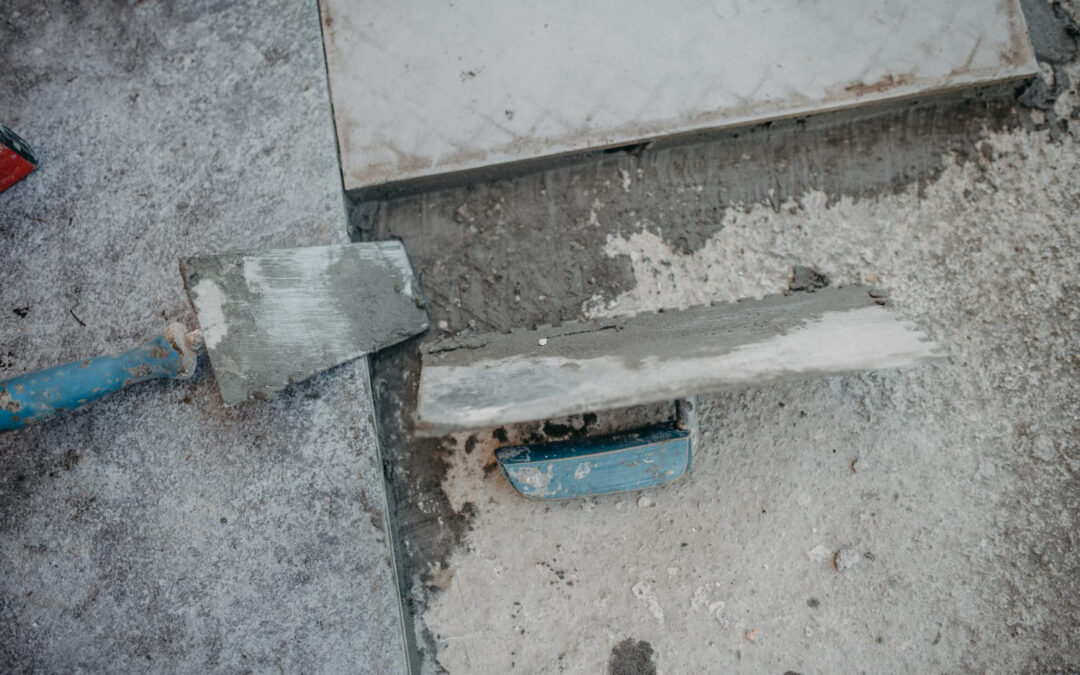Concrete can sometimes start to sink, causing problems for driveways, sidewalks, and patios. Sinking concrete not only looks bad but can also create safety hazards. A wobbly sidewalk or uneven patio is a common sign of underlying issues that need attention.
Several factors contribute to sinking concrete. Initial construction practices and material quality play a role, as does the environment around your home. Erosion, water drainage, and even tree roots can affect stability over time.
Understanding why concrete sinks is the first step toward fixing and preventing these issues. Once you know what causes these problems, you can address them effectively and prevent future occurrences. Whether your goal is a smooth driveway or a safe pathway, knowing the basics of concrete stability will guide you in making informed decisions.
Understanding the Basics of Sinking Concrete
Sinking concrete happens when the ground beneath can no longer support the weight of the concrete slab. How concrete sets can significantly impact its stability. Properly set concrete rests evenly and maintains a solid position, while mistakes in setting can lead to uneven pressure and sinking over time. The initial setting process requires attention to detail to achieve long-lasting stability.
Common sinking patterns often relate to where water or pressure concentrates. Driveways might sink more around the edges where vehicles turn frequently. Sidewalks close to large trees may dip due to root growth underneath. By knowing these patterns, you can anticipate areas at higher risk and keep a closer watch.
Recognizing key indicators that your concrete is sinking helps in early intervention. Look for uneven surfaces, cracking, or visible shifts in the slab. Water pooling in certain areas after rain can also be a clear sign. Regular inspection of these features can alert you to problems before they become more serious, allowing for prompt and effective action.
Environmental Factors Leading to Sinking
Several environmental factors contribute to the sinking of concrete. One major factor is soil erosion and water drainage issues. When water doesn’t drain properly, it can wash away the soil that supports your concrete, leading to sinking. Ensuring good water runoff from your property can help mitigate these problems.
Extreme weather conditions also have a substantial impact. Heavy rains or rapid freezing and thawing cycles can alter the stability of the ground beneath your concrete, causing shifts and potential sinking. In areas prone to extreme weather, these effects can be more pronounced, requiring diligent attention to your concrete surfaces.
Tree roots are another common disruptor of concrete foundations. As roots grow, they can lift or crack the concrete, causing misalignment and contributing to sinking. Identifying trees with invasive root systems near your concrete can help you manage this risk.
Understanding these environmental factors puts you in a better position to address and prevent sinking concrete effectively. Taking preventive measures in these areas can save you from hefty repairs down the line and maintain the safety and usability of your concrete surfaces.
Construction and Material Issues
The construction process plays a critical role in preventing sinking concrete. Poor initial construction can result in issues like uneven slabs and inadequate support, which lead to sinking over time. If the base or subgrade isn’t prepared correctly, it does not offer the necessary stability for the concrete surface. Ensuring a strong and well-compacted base is essential right from the start.
Using quality materials and ensuring proper installation is fundamental. High-grade concrete mixtures and professional installation techniques contribute to the longevity and stability of concrete surfaces. Poor-quality concrete can crack more easily, allowing water to seep in and cause erosion beneath the surface.
Inadequate support is another fundamental problem. Support is vital to maintaining concrete levelness and integrity. Without full and even support across its entire surface, concrete can settle unevenly as the base shifts or erodes. Correcting these construction and installation problems not only prevents sinking but also extends the lifespan of your concrete structures.
Solutions and Prevention Tips
There are a few effective solutions and preventive measures to keep your concrete from sinking. Start with techniques for leveling and stabilizing concrete. These include mudjacking and polyjacking, which can lift and stabilize sinking slabs by injecting materials beneath them to firm up the foundation.
Regular inspections and maintenance play a crucial role in identifying issues early. Check your concrete surfaces regularly for signs of sinking or cracking. Keep an eye on drainage patterns and ensure that water is diverted away from foundations to prevent erosion.
Proactive measures are necessary to stop future sinking. This includes ensuring proper drainage, monitoring for soil erosion, and addressing any root problems from nearby trees. These steps will help prevent the conditions that lead to sinking in the first place.
Conclusion
Understanding and addressing the causes of sinking concrete protects your investment and maintains your property’s safety and aesthetics. From construction to environmental factors, knowing where the potential pitfalls lie enables you to take action early and effectively. Preparing your site properly, choosing high-quality materials, and maintaining diligent oversight can make all the difference.
Remember, regular inspections help catch issues before they become bigger problems. A watchful eye on environmental changes and property conditions works wonders in keeping your concrete stable.
Choosing the right professional team to assist with concrete leveling, stabilization, and maintenance can ensure your concrete surfaces remain solid and reliable. If you’re looking for expert assistance, Lift-Texas Construction has the experience and knowledge to handle all your concrete needs. Our team ensures top-quality service, preserving the integrity and safety of your concrete surfaces for years to come.

